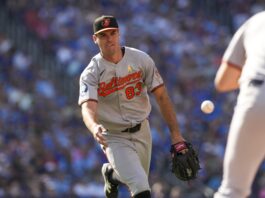
Spencer Strider’s return to the mound wasn’t a highlight-reel comeback, but it wasn’t a reason to panic either. The Atlanta Braves ace made his long-awaited second start of the season Tuesday night against the Washington Nationals, and while the 5-3 loss stings, the outing itself was a mixed bag: a rocky beginning, glimmers of promise, and a whole lot of context that matters.
The Numbers: Not Pretty, But Perspective Matters
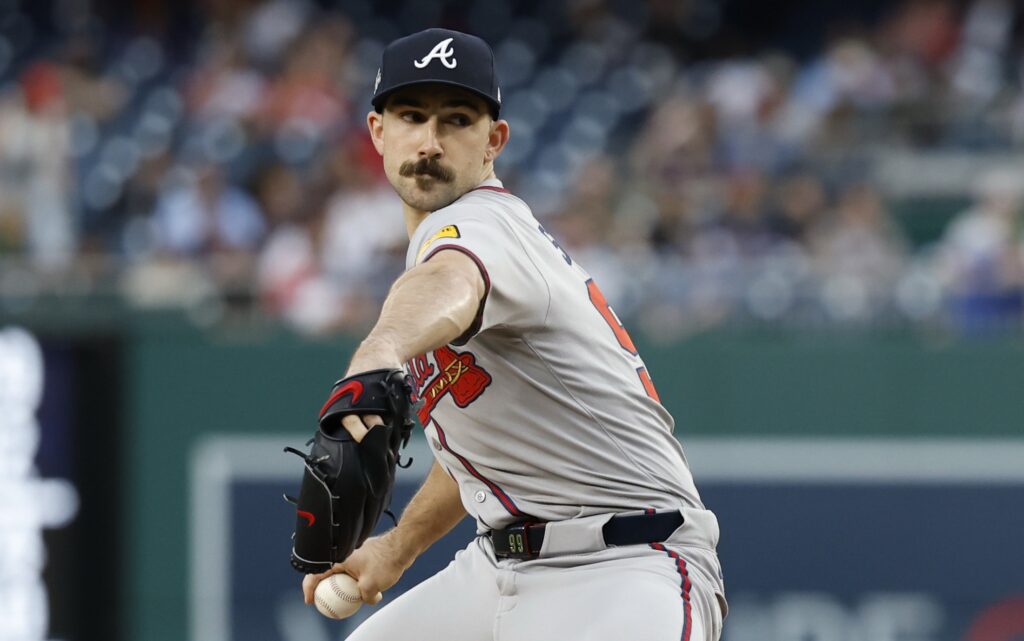
Let’s call it like it is. Strider gave up four runs on six hits, walked one, hit two batters, and threw a wild pitch — all in just 4 1/3 innings. His three strikeouts were well below his usual punch-out standards, and the velocity drop mid-game raised eyebrows. He opened the outing hitting 96–97 mph with his fastball, but by the end, he was sitting at 93, dipping as low as 92.6.
That’s not vintage Spencer Strider. But this was never going to be vintage. Strider has only made two MLB starts since April 5, 2024, and between the elbow issues that required surgery and the hamstring injury that interrupted his rehab, there’s been a significant layoff.
Simulated games, bullpen sessions, and Spring Training are fine for conditioning, but they don’t replicate the intensity, adrenaline, or physical demands of a regular-season big-league start.
The First-Inning Fog
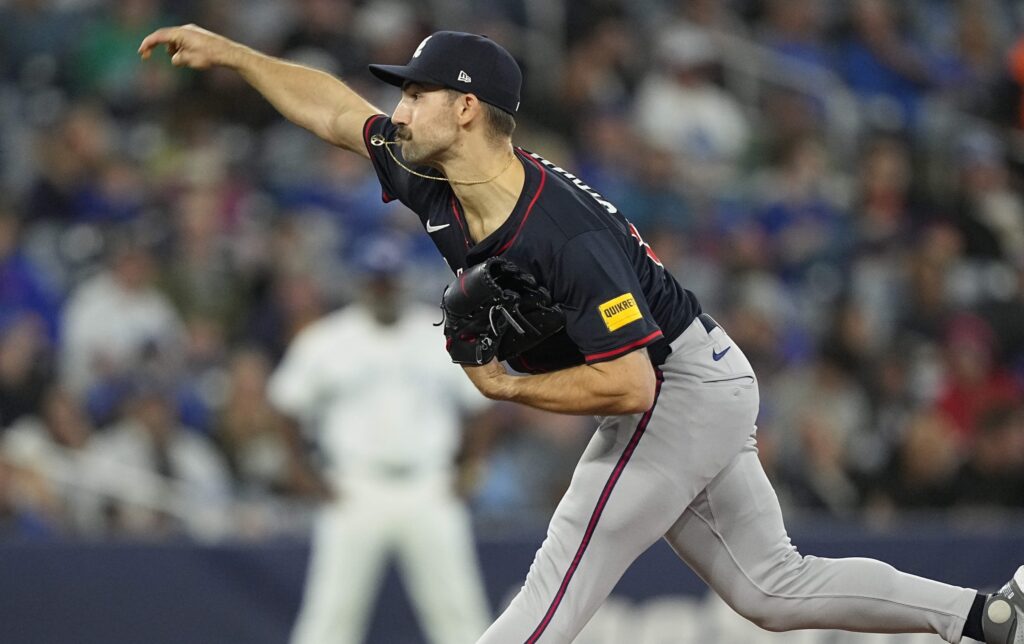
The damage came early. Three runs scored in the first, thanks to a barrage of hits and a wild pitch. But after that, Strider settled in. He looked far more composed from the second inning on, including a smooth third inning that saw him induce a double play and a groundout after giving up a leadoff single.
That kind of rebound doesn’t show up in the box score as a “win,” but it’s a sign that the pitching instincts and in-game adjustments are still sharp.
This Version of Strider Still Has Time to Evolve
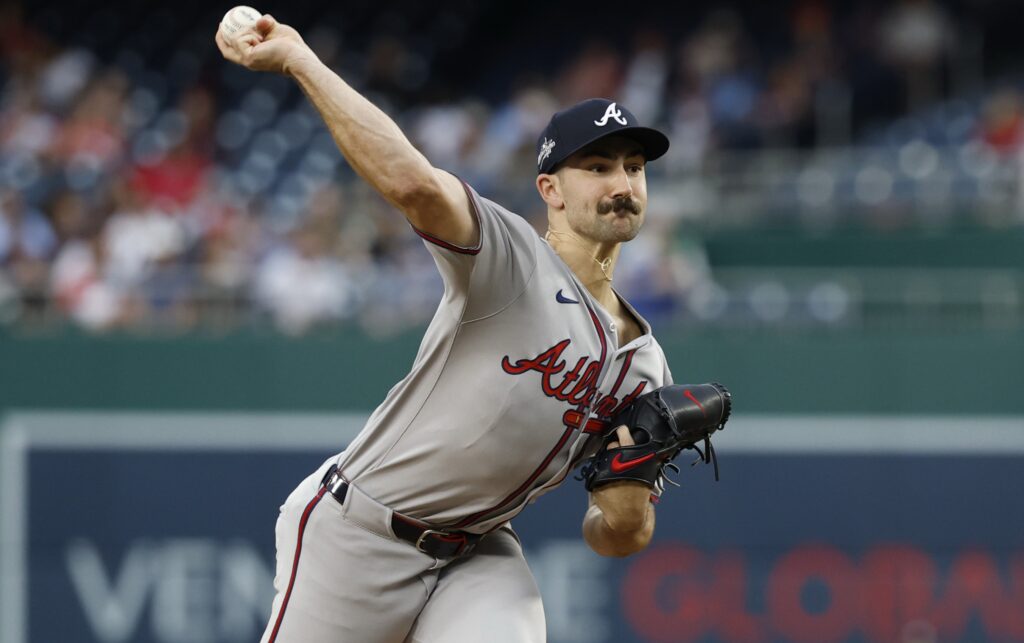
It’s fair to worry when a fireballer loses velocity — that’s the red flag everyone watches for after elbow trouble. But Strider’s early-game speed suggests that the velo is still in there. He’ll likely need a few starts to build back the stamina and rhythm needed to maintain it for five, six, or seven innings.
And here’s the other angle: this might be the evolution of Spencer Strider. Maybe he’s not going to be 99–100 anymore. Maybe he becomes a smarter pitcher, one who mixes more, paces himself better, and still dominates in new ways.
Plenty of aces reinvent themselves after injury, and sometimes they come out the other side even more dangerous because they learn to pitch with nuance, not just power.
No Panic For the Braves, Just Patience
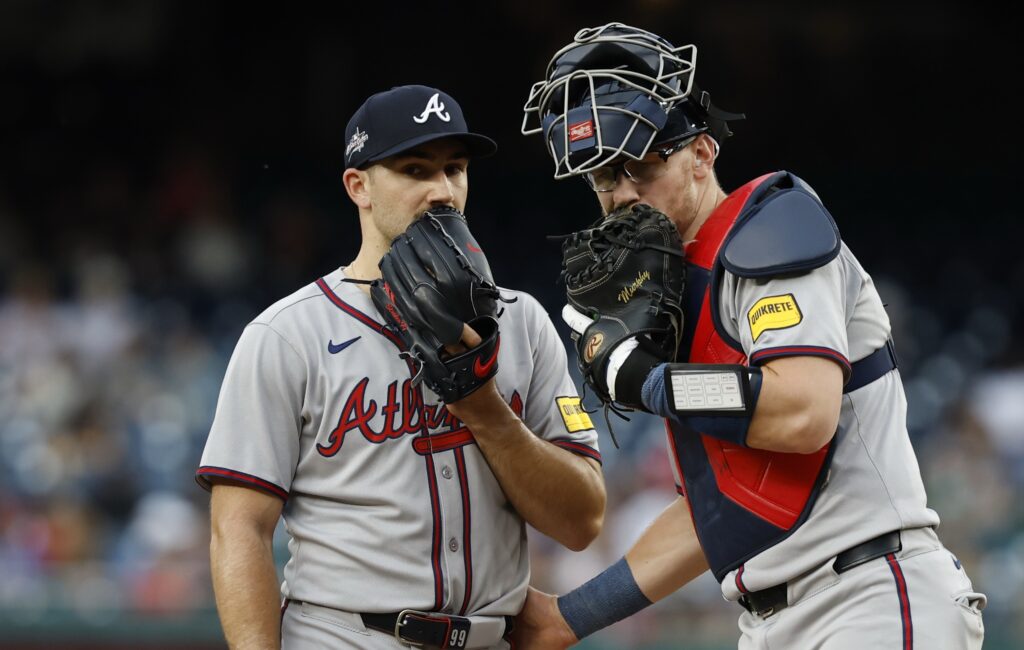
For now, patience is the play. If he’s five or six starts in and still laboring through four innings, then the concern becomes legitimate. But right now? This is expected. He’s knocking off rust and rebuilding one outing at a time.
The Braves need Spencer Strider, and they know it. But they don’t need him to be an instant superhero. They just need him trending upward — and Tuesday night, buried beneath the early bumps, were signs that he is.

